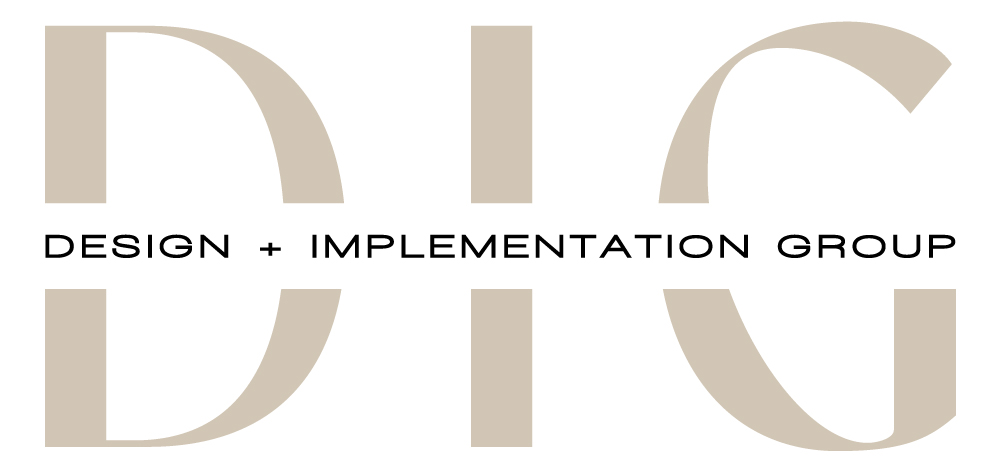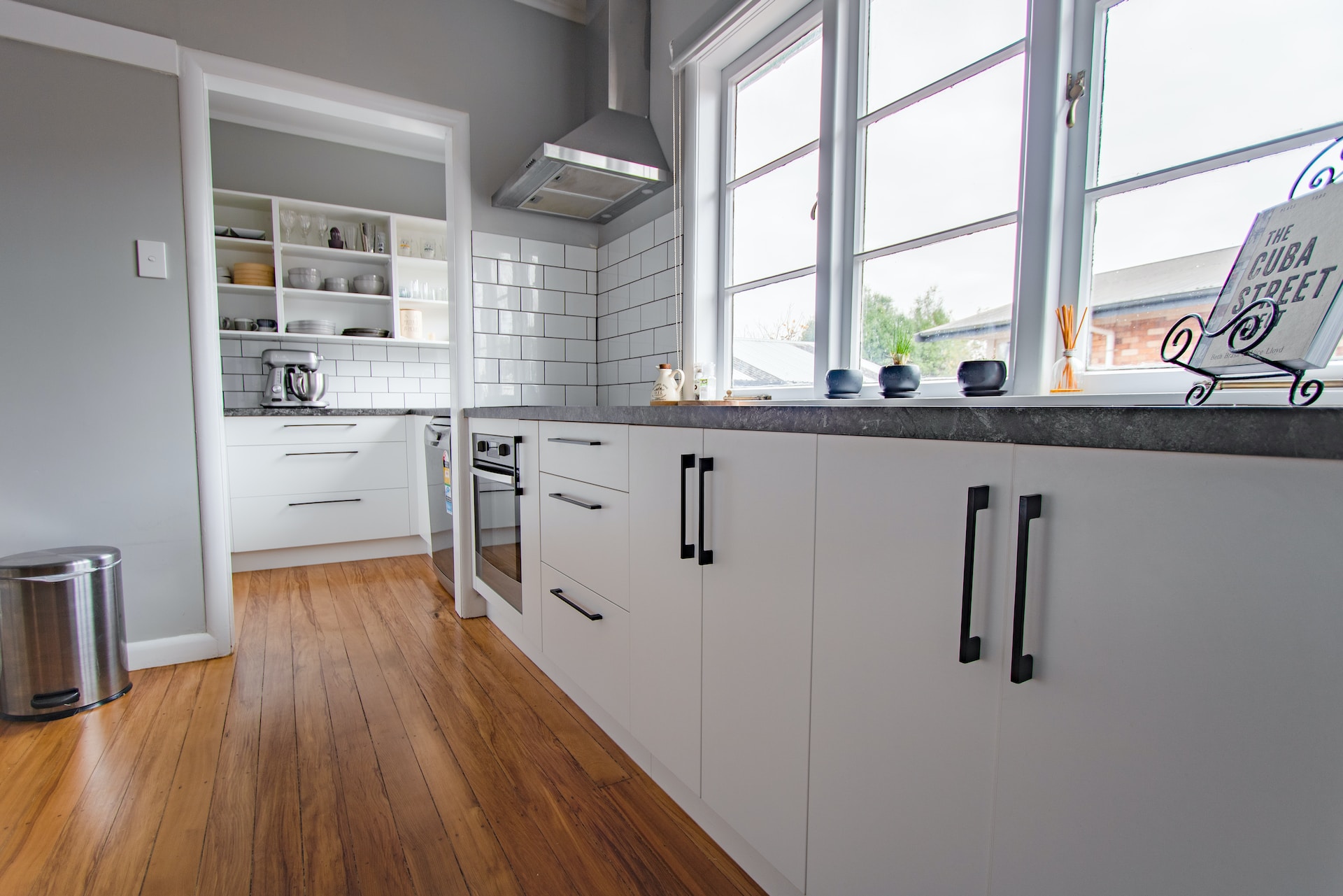The kitchen is often considered the heart of the home – a place where meals are prepared, families gather, and memories are made. A well-designed kitchen isn’t just about aesthetics; it’s about creating a space that is both highly functional for everyday cooking and beautifully inviting for entertaining. Whether you’re planning a complete kitchen renovation or simply looking to refresh your existing space, understanding the essential principles of kitchen design is crucial.
1. Understanding the Importance of Layout: The Foundation of Your Kitchen
The layout of your kitchen is paramount to its functionality. Choosing the right layout depends on the size and shape of your space, as well as your cooking style and lifestyle. Here are some common kitchen layouts:
- Galley Kitchen: Ideal for smaller spaces, a galley kitchen features two parallel runs of cabinetry and appliances. It maximizes efficiency in a narrow space.
- L-Shaped Kitchen: This versatile layout utilizes two adjacent walls, creating a natural work triangle (sink, stove, refrigerator). It’s suitable for both small and medium-sized kitchens.
- U-Shaped Kitchen: Offering ample counter space and storage, a U-shaped kitchen utilizes three walls. It’s perfect for larger kitchens and serious cooks.
- Island Kitchen: An island adds extra counter space, storage, and often seating. It can be incorporated into L-shaped, U-shaped, or even larger galley kitchens.
- Peninsula Kitchen: Peninsula kitchens provide many of the benefits of a kitchen island without requiring as much square footage.
The “work triangle” is a key concept. It’s the imaginary line connecting the sink, stove/oven, and refrigerator – the three most frequently used areas in a kitchen. Minimizing the distance between these points and avoiding obstructions within the triangle maximizes efficiency.
2. Selecting Functional and Stylish Appliances: The Heart of Your Kitchen’s Performance
Choosing the right appliances is a significant investment, and it impacts both the functionality and aesthetics of your kitchen. Consider these factors:
- Functionality: What are your cooking habits? Do you need a large-capacity refrigerator, a double oven, a powerful cooktop?
- Energy Efficiency: Look for appliances with high Energy Star ratings to save on utility bills and reduce your environmental impact.
- Aesthetics: Appliances should complement your overall kitchen design. Stainless steel is a classic choice, but other finishes like black stainless or panel-ready appliances (designed to match your cabinetry) are also popular.
- Size and Placement: Ensure appliances fit comfortably within your layout and are easily accessible.
Must-Have Kitchen Appliances generally include:
- Refrigerator: Choose a size and style that suits your needs and storage requirements.
- Oven/Range: Consider gas, electric, or induction cooktops, and single or double ovens.
- Dishwasher: A must-have for convenience and hygiene.
- Microwave: Often integrated above the range or built into cabinetry.
- Ventilation Hood: Essential for removing smoke, odors, and grease.
For specific recommendations and a deeper dive into appliance selection, see our dedicated guide on [Must-Have Kitchen Appliances](link to hypothetical page on DIG website).
3. Choosing the Right Materials and Finishes: Defining Your Kitchen’s Style
The materials and finishes you choose will significantly impact the look, feel, and durability of your kitchen.
- Countertops: Popular options include granite, quartz, marble, butcher block, and laminate. Consider durability, heat resistance, stain resistance, and maintenance requirements.
- Cabinetry: Options range from solid wood to laminate to thermofoil. Consider style (traditional, modern, shaker), finish (painted, stained, glazed), and hardware.
- Flooring: Choose durable, water-resistant materials like tile, hardwood, laminate, or vinyl.
- Backsplashes: Add personality and protect your walls. Options include tile, glass, stone, and metal.
- Hardware: Knobs, pulls, and faucets should complement the overall style and provide comfortable ergonomics. Mixing metals can add visual interest.
4. The Impact of Lighting: Setting the Mood and Enhancing Functionality
Proper lighting is essential for both safety and ambiance. A well-lit kitchen utilizes a layered approach:
- Ambient Lighting: Provides overall illumination (e.g., recessed lighting, ceiling fixtures).
- Task Lighting: Focuses light on specific work areas (e.g., under-cabinet lighting, pendant lights over the island).
- Accent Lighting: Highlights architectural features or decorative elements (e.g., track lighting, sconces).
Consider using dimmer switches to adjust the light levels and create different moods.
5. Incorporating Storage Solutions: Maximizing Space and Organization
Efficient storage is crucial in any kitchen, especially in smaller spaces. Clever solutions include:
- Pull-out shelves and drawers: Make it easier to access items in deep cabinets.
- Pantry organizers: Maximize vertical space and keep food items organized.
- Corner cabinet solutions: Utilize awkward corner spaces effectively.
- Drawer dividers: Keep utensils, cutlery, and other small items organized.
- Open shelving: Can display attractive dishes and cookware while providing easy access.
6. Integrating Design Trends: Staying Current While Maintaining Timelessness
While it’s important to create a kitchen that reflects your personal style, incorporating current trends can keep your space feeling fresh and modern. Some popular trends include:
- Bold Color Palettes: Moving beyond neutral tones, kitchens are embracing bolder colors, such as deep blues, greens, and even black.
- Natural Materials: Wood, stone, and natural fibers are gaining popularity, adding warmth and texture.
- Smart Kitchen Technologies: Integrated appliances, voice-activated assistants, and smart lighting systems are enhancing convenience and efficiency.
- Statement Backsplashes: Bold patterns, unique materials, and textured tiles are making backsplashes a focal point.
- Mixed Metals Mixing and matching metals.
However, it’s crucial to balance trendy elements with timeless design principles to ensure your kitchen remains stylish for years to come.
7. Considering Ergonomics and Accessibility: Designing for Comfort and Safety
A well-designed kitchen should be comfortable and safe for everyone to use. Consider:
- Counter Height: Standard counter height is 36 inches, but it can be adjusted to suit individual needs.
- Appliance Placement: Ensure appliances are placed at a comfortable height and are easily accessible.
- Clearance Spaces: Allow adequate space for movement and opening doors and drawers.
- Universal Design Principles: Consider incorporating features that make the kitchen accessible to people of all ages and abilities, such as wider doorways, lever handles, and pull-out shelves.
8. Balancing Functionality and Aesthetics: The Key to a Successful Kitchen
The ultimate goal of kitchen design is to create a space that seamlessly blends practicality with visual appeal. A functional kitchen makes cooking and cleaning easier, while a beautiful kitchen is a joy to spend time in. By carefully considering all the elements discussed in this guide, you can achieve the perfect balance.
Conclusion: Creating Your Dream Kitchen
Designing a kitchen is a significant undertaking, but with careful planning and attention to detail, you can create a space that is both functional and beautiful, serving as the true heart of your home. By understanding these essential kitchen design principles, you’re well-equipped to embark on your renovation journey. For a professional and seamless experience, consider exploring the expertise offered by DIG Interior Design Solutions.
Our team can guide you through every step of the process, from initial concept to final installation, ensuring your dream kitchen becomes a reality.





